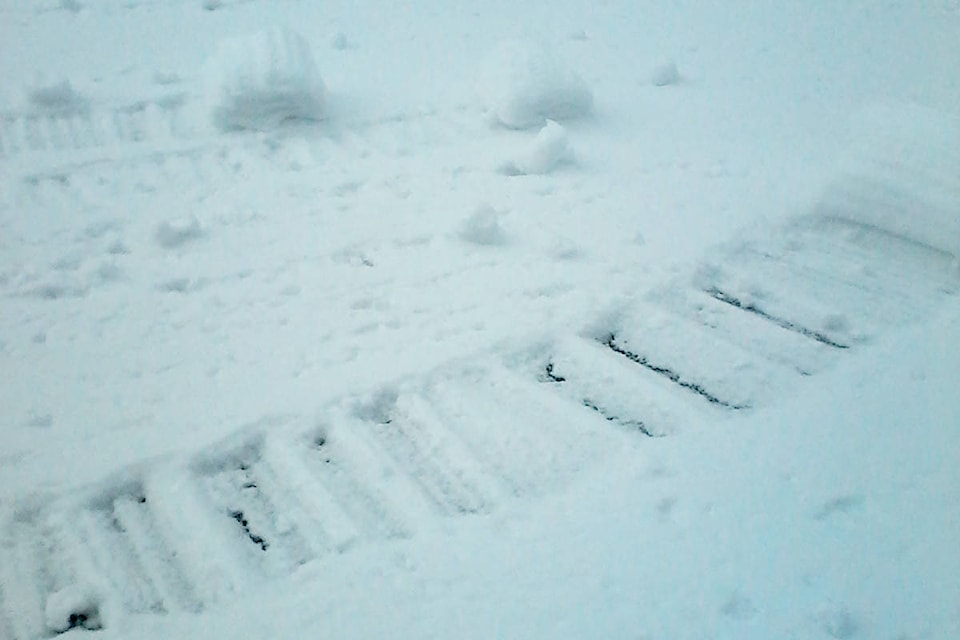From a forestry perspective too much snow accumulation on trees can be a very destructive phenomenon.
If wet snow comes too fast or intermittent snow accumulates on trees because there is not enough wind or sun between snowfalls a lot of damage can result.
Forests which have tall thin stems with high crowns are the most susceptible.
In some cases large patches of juvenile trees are bent so much that the tops may touch the ground.
Trees in these bent positions are under so much tension they will explode when lightly touched with an axe or saw, so you must be out of harm’s way when dealing with them.
Once trees are bent they don’t seem to resume their straight stature and are more prone to snow press in the future and lumber quality is decreased.
Larger trees with high crowns are more prone to breaking farther up the stem or become uprooted when snow loads are too heavy.
Forestry field crews have reported how they have been forced to leave an area when trees started falling and breaking apart all around them during a heavy wet snow fall.
Backcountry skiers no doubt enjoy powder up to their chests but must be aware of avalanche hazards and snow wells (open areas next to trees) in deep snow areas.
Anyone falling head first into one of these holes will usually need help to get out.
On the positive side, snow can be very enjoyable for making snow balls, snow forts and snow sculptures.
Around forests on steep slopes we get to witness the natural creation of snow balls when melting snow falls from tree branches onto the steep slope beneath the tree and rolls a short distance.
In most cases snow balls form but in rare cases snow rolls develop. These are small four to five inch wide rolls that don’t usually move more than a few feet but can move farther on very steep slopes.
What is even more remarkable is when snow balls and snow rolls form on flat ground.
I witnessed such an event a few winters ago on a frozen lake in the Chilcotin.
Included with this article is a picture of the event. I only had the camera on my Tablet so the quality is not great but it does show what I witnessed.
Ideal conditions are a frozen flat surface with a few inches of wet snow on it along with a consistent wind during a subsequent snow fall.
As shown on the photo most objects are snow balls and small rolls but there are also significant larger snow rolls which are up to six or eight inches long and five inches in diameter. The track left behind resembles a miniature snow sled track .
I also read about a similar phenomena in a desert when small rocks were moved by wind leaving a track on the surface.
Apparently the ideal conditions needed are a slippery surface created by ideal moisture (mist or a fine rain) on a flat surface of fine sand or silt along with a light upright rock and a strong wind.
Jim Hilton is a professional agrologist and forester who has lived and worked in the Cariboo Chilcotin for the past 40 years. Now retired, Hilton still volunteers his skills with local community forests organizations.
